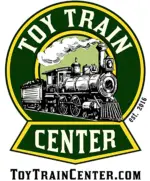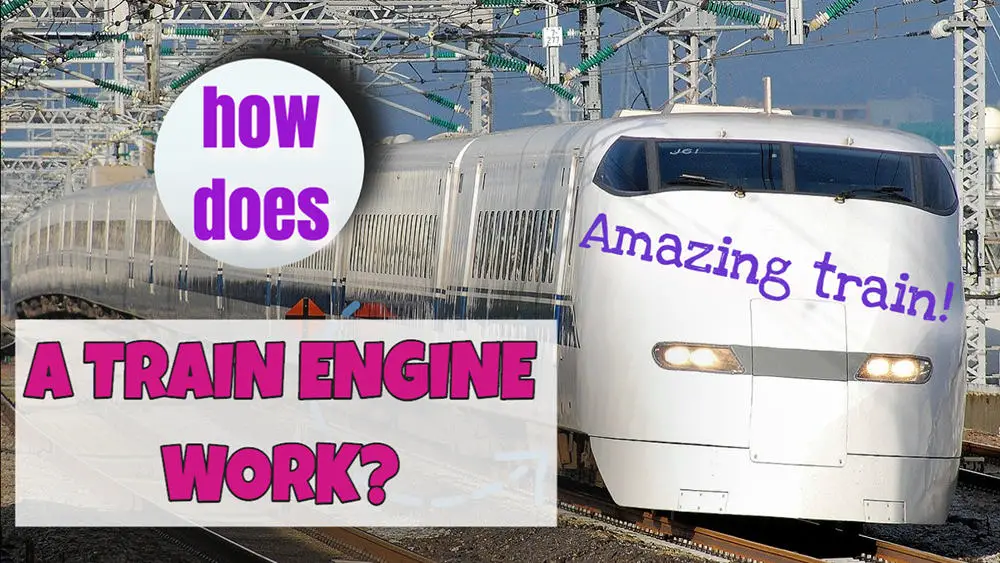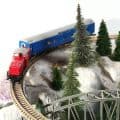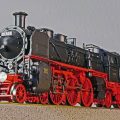There are several different types of train engines, and they all work slightly differently. The common denominator though is the same through almost all of them. The engine turns the axel, the axel turns the wheel, this drives the train forwards. This is the same way cars, busses, or any other vehicle with wheels work. The reason that trains must run using axels is that it is paramount that both wheels turn at the same time. Trains require stability to be safe, having one side turn faster than the other would lead to disasters going around sharp corners.
In this article we will look at how steam, diesel, electric, high speed, and Maglev engine trains work.
Steam Trains
A steam engine works by using steam energy, of course. How this work:, is the pressure caused by the steam pushes the pistons in and out which, in turn, turns a flywheel which turns the wheels themself. The steam is created by filling a tank with water, lighting a coal fire under the tank, which then leads to the water being turned to pressurized steam. This is why steam trains must fill up from a water tower, but other locomotives don’t.
Diesel Trains
Diesel engines are combustion engines, meaning they rely on spontaneous combustion to drive the pistons, not steam. Diesel fuel is very flammable so exposing it to high temperatures results in easy ignition. This is a far more sustainable, and easily managed, engine than steam is. Engineers are not needed to shovel coal and keep water levels balanced, they simply fill the fuel tank up with diesel, like you would a car.
Electric Trains
Electric engines are far more simple to understand. An electrical current is ran through the motor and the electricity is used to turn the axels. Unlike steam or diesel locomotives that require pistons to be firing to create the power to turn the wheels, electric engines just need a power source. In a car, like a Tesla, this is from a battery. In an electric train, it is typically from overhead cables.
High Speed Trains
High-speed trains run on electricity just as ordinary electric trains do, the difference is the wheels are magnetized. The magnetic field in the wheels causes them to spin incredibly fast meaning they travel far faster than ordinary trains. These are electric magnets, meaning the train can get its power through overhead cables.
Maglev Trains
Maglev trains run similar to high speed electric trains, though they don’t have an engine. Maglev trains run between guideway walls that are filled with electrified coils. The coils propel the train forward at great speeds. This works similarly to trying to place to North Pole magnets together, they repel each other. It is just that in this instance, they repel the train forward. It is rather ingenious.
Watch how Maglev trains work in this video:
Video source: American Rail Club
Conclusion:
As you can see, how a train engine works depends completely on which train you are talking about. Whilst they all may be slightly similar, there are slight differences. When you compare the Maglev train to the steam train, you can see just how far we have come in the world of locomotives. Who knows what will come next?





